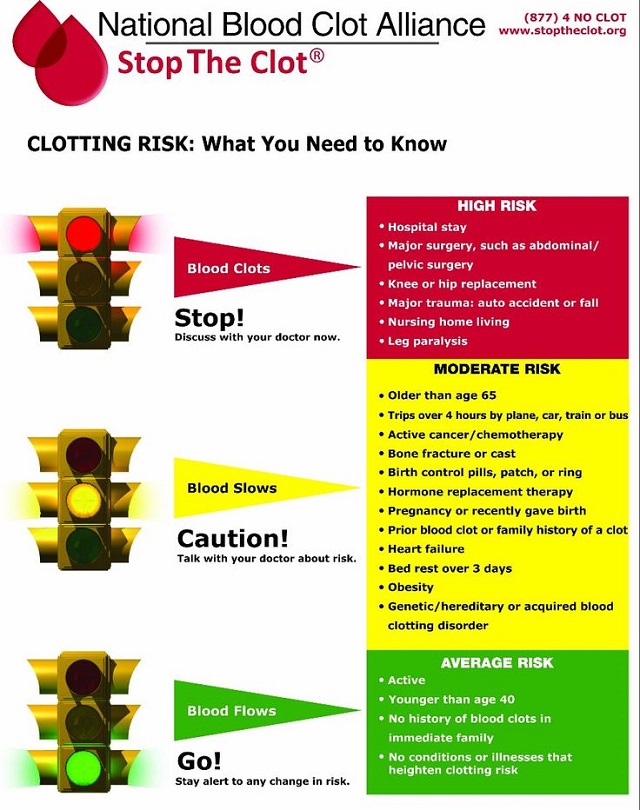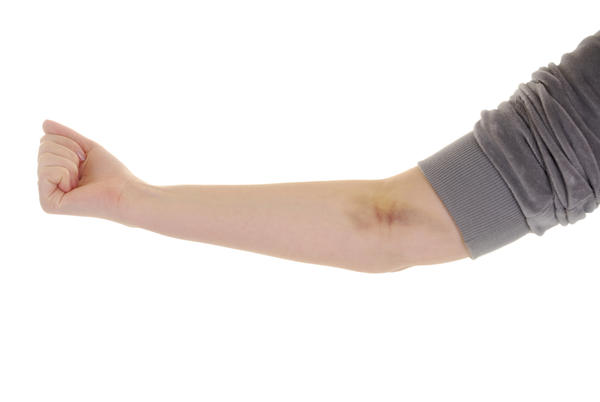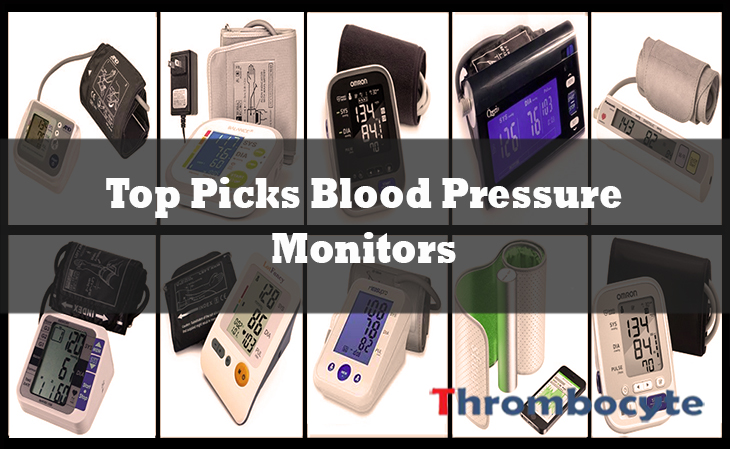Blood clotting is an important biological process in the human body where specific blood components work together to stop excessive bleeding and prevent blood loss.
The primary component of the blood responsible for blood clotting is called platelets. However, some medical disorders interfere with the function or production of platelets resulting to a lesser or excessive amount than normal levels in the blood.
Thrombocytosis is the medical term used to describe the presence of excessive platelet in the blood system. When the platelet count is uncontrollably in excess, the patient may need to undergo a plateletpheresis.
Plateletpheresis involves a procedure where whole blood is drawn out from the body. Afterwards, platelets from the drawn blood will be filtered out through a specialized machine before returning what remains of the blood into the body.
In the event that thrombocytosis is not timely resolved, it may lead to the formation of blood clot even in the absence of injury, affecting the blood flow.
Abnormal formation of blood clots inside blood vessels is a conceivable health risk and if not handled in time, it can become fatal. A blood clot can develop in different parts of the body making it a dangerous manifestation.
Signs of a blood clot in the arm
1. Swelling of affected arm
In case a part of the arm swells without any apparent reason such as injury, it is possible that it may have developed due to a blood clot in arm.
The part of the arm where blood clot forms usually swells due to a collection of blood trying to find its way through the veins that have been blocked by the clot. However, the blood does not totally find its way past the blood clot, leading to stagnation around the clot, making the arm to appear swollen.
2. Arm pain or tenderness often described as a cramp
When the veins are blocked, the blood will forcefully try to find its way through the veins. In this manner, it may injure some of the surrounding body tissues in the process.
The damage of the involved tissues will likely cause pain on the affected area where the pain may be described as cramping. Discomfort from the pain will likely persist especially if the blood clot has not been assessed and managed by a medical practitioner.
In some cases, the tissues around the area also becomes tender due to restricted blood flow.
3. Reddish or bluish skin discoloration
When the skin of the patient is light enough to show any color changes, the blood clot may cause a portion of the skin to turn red or sometimes blue. In patients with dark skin, it may not be easy to notice. However, it remains that a change in color simply gives considerably an unclear indicator for the presence of blood clot inside the arm.
The change in color, to be considered a sign of blood clot in arm, should bring no other reasons that may have caused the reddish or bluish discoloration.
4. The arm feels warm to touch
Human blood has a relatively higher temperature than its surroundings. And normally, it makes the body display almost the same range of temperature in every body part.
An increase in temperature of the arm may result due to the blood being confined in the veins. This means the blood has been held up from reaching or leaving certain parts of the body.
Therefore, an increase in the temperature of the affected area can be noticed. The increase in temperature can be considered a sign of blood clot in arm when it clearly feels warmer than any other part of the body.
5. Distension of veins
Vein distention is a condition where blood veins appear to be stretched beyond normal dimensions. It can happen as a result of blood trying to exert extra pressure in the veins where the blood clot is formed.
Since the blood won’t be able to move freely, the veins will appear dilated due to the excess amounts of blood it holds. In some severe situations, the pressure may be too high to be contained by the veins leading to a bursting of the veins.
6. Fatigue
The human body is a coordinated system. Once a part of the system fails to act normally, all the other parts will work in unison in order to try and solve any failure in its functionality.
When the body systems have to execute and work on several functions, it makes them exhausted. In the normal setting, the onset of fatigue or weakness of the arms is a result of exhaustion brought about by strenuous activities that involve lots of energy.
However, if the arm feels exhausted and weakness persists without the person being involved in any strenuous activity, it is likely that a blood clot has formed in the arm.
7. Increased heart rate
When the body tries to ensure eradication of the blood clot that is blocking the flow of blood, it will work tirelessly and eventually become overworked.
This will in turn cause the heart rate to increase in order to provide additional amount of oxygen to compensate the levels required to produce the energy needed for the extra work being done.
In extreme cases, the increase in heartbeats can result to fatigue and pain in the chest cavity.
8. Fever
Fever can also be a sign of blood clot in the arm but not always. It can happen due to inflammation of blood vessels.
When the body temperature rises to a range of 39-42 degrees Celsius, the body normally initiates some mechanisms aimed at reducing the temperature to normal levels. For one, is the sweating mechanism.
However, the skin temperature of the involved arm will not fully normalize due to the present blood clot that causes blood accumulation in the area.
9. Headache
A blood clot may sometimes result in headache considering that the body is under the control of the brain.
It is a common behavior of the body to experience headaches even when the associated problem is not of the brain in particular or any other part of the head.
However, the onset of headache becomes easier to associate with the blood clot in the arm if it becomes apparent along with other symptoms such as changes in skin color of the affected arm, presence of pain in the affected arm, or fatigue of the arm.
10. General body weakness
To some patients, a blood clot in the arm results in general body weakness. Complications is also possible when the blood clot travels in the bloodstream and block other arteries that supply blood to other parts of the body and in extreme cases, it can get to the heart.
Blood clots prevent the free flowing of blood in the circulation. An impairment in blood circulation also implies that body organs will not receive sufficient supply of nutrients like glucose, which provides energy to body cells. This can lead to general body weakness.
In order to fully conclude that a blood clot has formed in the arm, a medical examination needs to be done. Not all people who display the signs and symptoms above has an underlying blood clot in arm. However, when any of these signs are present, it is advisable to seek medical consultation.
- A blood clot can develop as a result of excessive production of platelets
- A blood clot in the arm may affect different parts of the body
- Swelling, changes in skin color, and fatigue are some of the main signs of a blood clot in the arm.

- READ MORE





I developed a blood clot in my Moderna arm after a bad reaction to the vaccine. It started with swelling on the inside of my elbow and very painful. After a few days I went to my Dr. and he sent me for an ultrasound that showed the blood clot. He started me on Xarelto right away. Now it’s prayers to hope it doesn’t travel to my lungs.
SAME HERE, IT CAME TO ME ON THE SECOND SHOT OF MDERNA, MY DOCTOR HAS ME ON ELIQUIS TWICE A DAY, HOWEVER ITS SEEM LIKE MY ARM IS STARTING TO SWELL AGAIN WITH LEFT NECK AND SHOULDER PAIN FEELS LIKE NEEDLE PRICKS OCCURING. BUT THERESA I HAVE PRAYERS UP FOR YOU I HOPE THAT THIS BECOMES NOTHING MORE THAN WHAT IT IS RIGHT NOW.